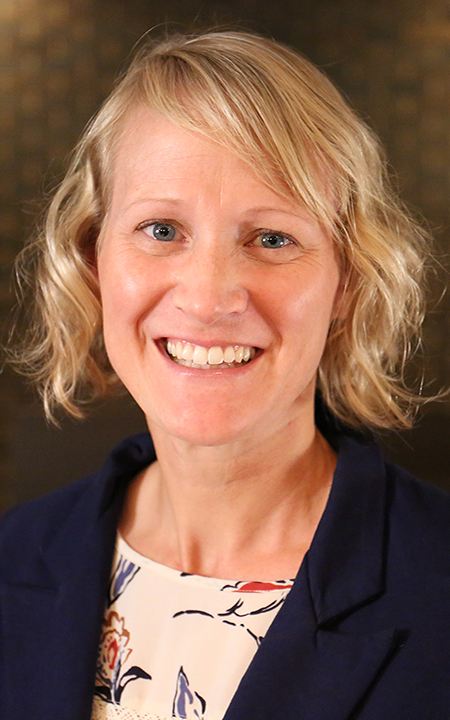
Food insecurity, an increasingly recognized health crisis across the United States, is particularly concerning in St. Louis city, where 26 percent of households do not know whether they will be able to feed their family because of insufficient funds or resources.
One opportunity to identify and offer assistance to these families would be during a visit the pediatrician’s office. But would physicians be willing to screen for food insecurity and would caregivers feel comfortable talking about their food needs with their doctors?
With that in mind, Saint Louis University researchers surveyed physicians and patient caregivers at the Danis Pediatric Center at SSM Health Cardinal Glennon Children’s Hospital. Danis serves a racially and economically diverse pediatric population in St. Louis; 80 percent of patients are covered by Medicaid and 90 percent are black.
The researchers found that food insecurity was a serious concern for the caregivers; more than half said they had experienced food insecurity during the last year. But many caregivers said they would not feel comfortable discussing their food challenges with a health care provider; possibly because they were concerned about having their children removed from their care as a consequence.
On the part of the physicians, most were aware of the issue and about 80 percent said they were willing to screen for food insecurity. Nevertheless, many physicians expressed concerned that they would not know what to do in the case of a positive screen and what community resources were available to help families in need.
“Effective food insecurity screening requires addressing caregiver and health care provider barriers in order to increase the likelihood of identifying the households that are most at risk,” the researchers concluded.
Additionally, one physician noted the clinic was “tremendously understaffed” in terms of social services; which, says lead author Ellen Barnidge, Ph.D., “may exacerbate the physician's perception that they need to be more knowledgeable about community food resources.”
In the past year, Danis has hired a social worker. “But imagine one social worker for 8,000 patients,” says Barnidge. “This is part of the problem. Our national work has identified the same challenge. Physicians need a treatment algorithm to help them navigate what to do given the resource context.”
The study, “Screening for Food Insecurity in Pediatric Clinical Settings: Opportunities and Barriers,” was published by the Journal of Community Health in August 2016.
Barnidge, associate professor of behavioral science and health education of Saint Louis University’s College for Public Health and Social Justice, worked with colleagues: Gene LaBarge, M.D., Department of Pediatrics, Saint Louis University’s School of Medicine; Kathryn Krupsky, Master of Public Health candidate at SLU’s College for Public Health and Social Justice and Joshua Arthur, M.D., Department of Pediatrics, Saint Louis University’s School of Medicine.
###
CPHSJ Communications
Published: Sept.15, 2016